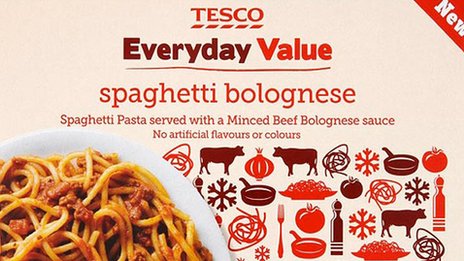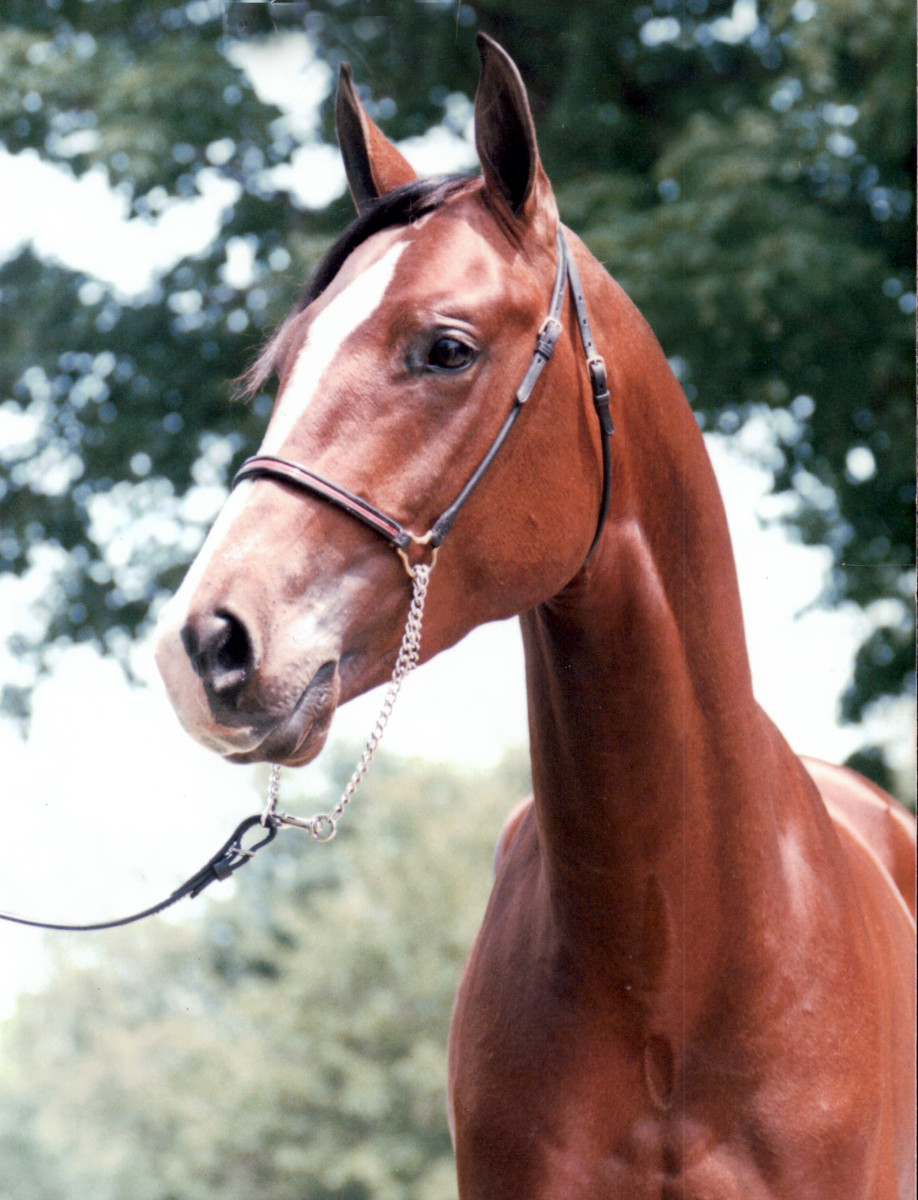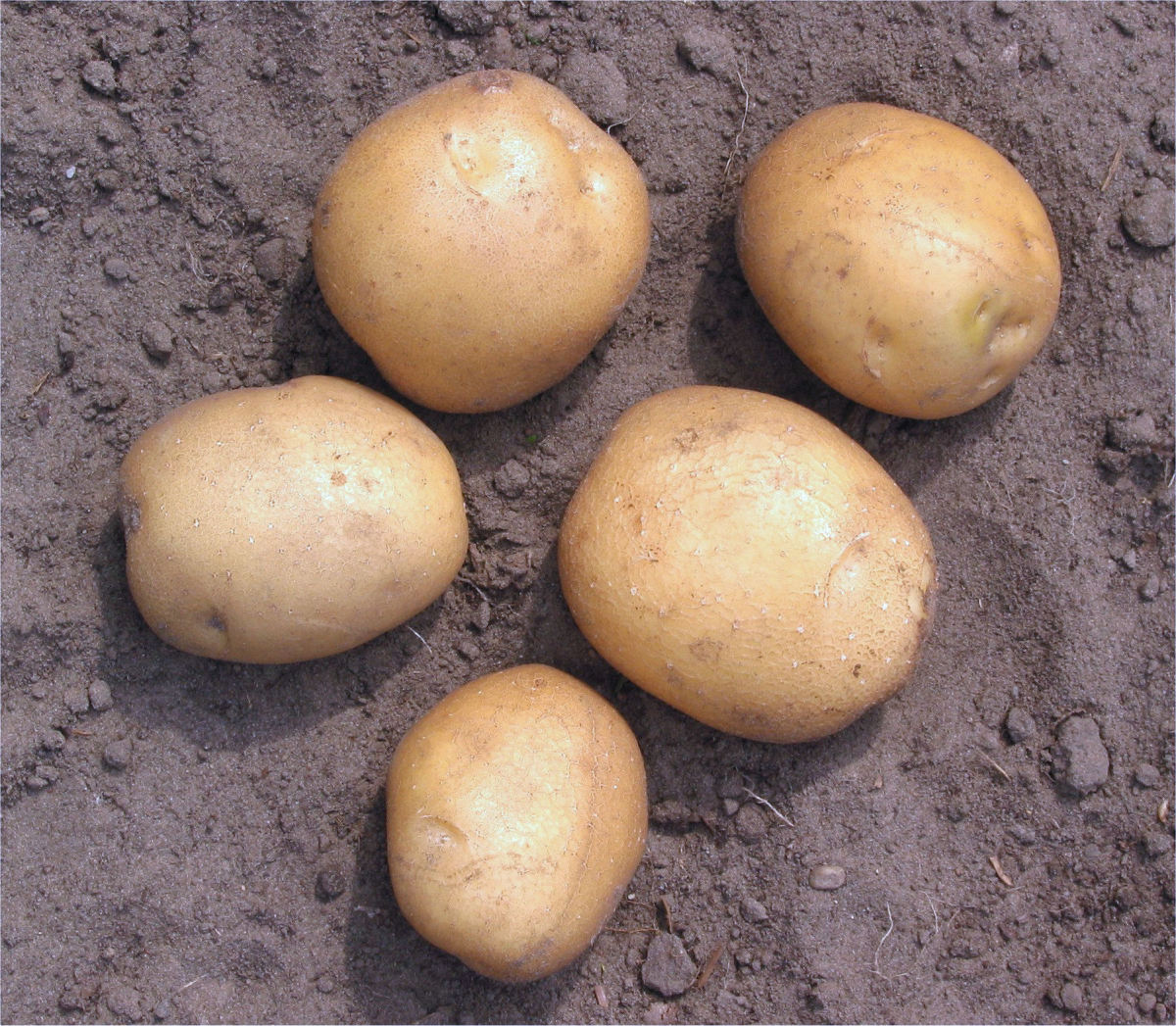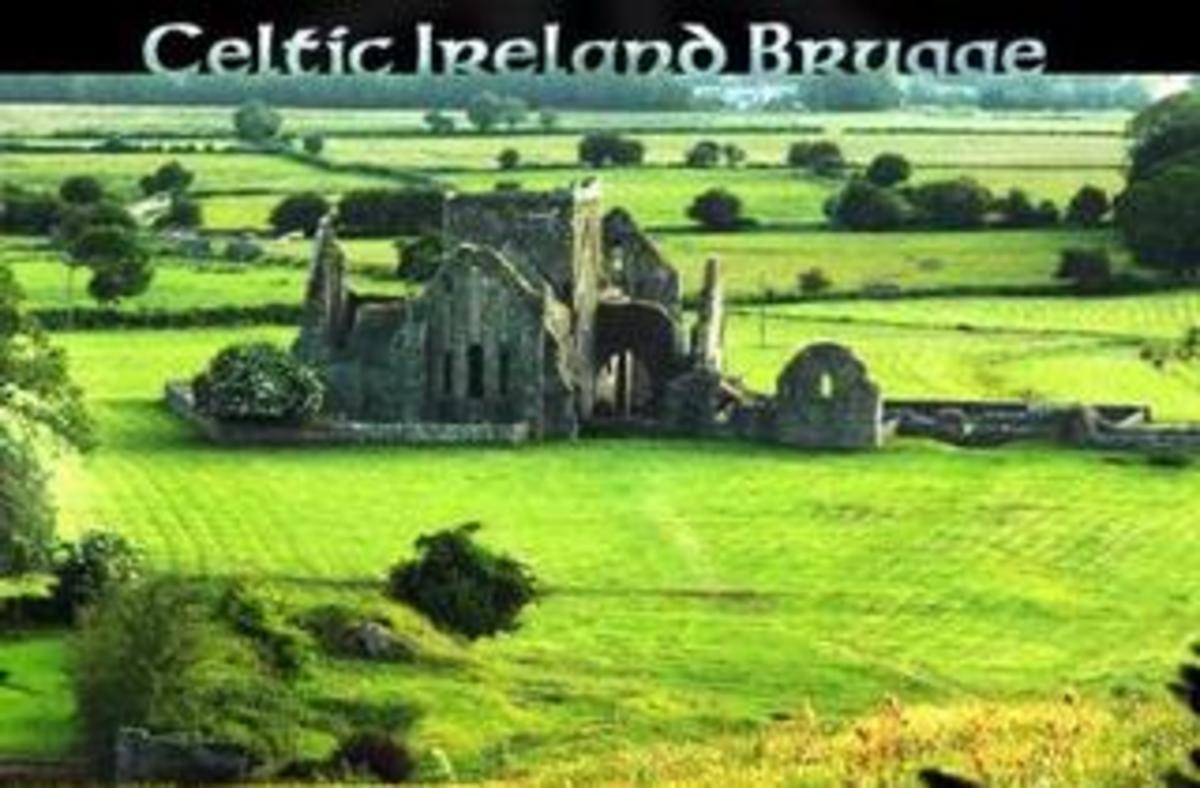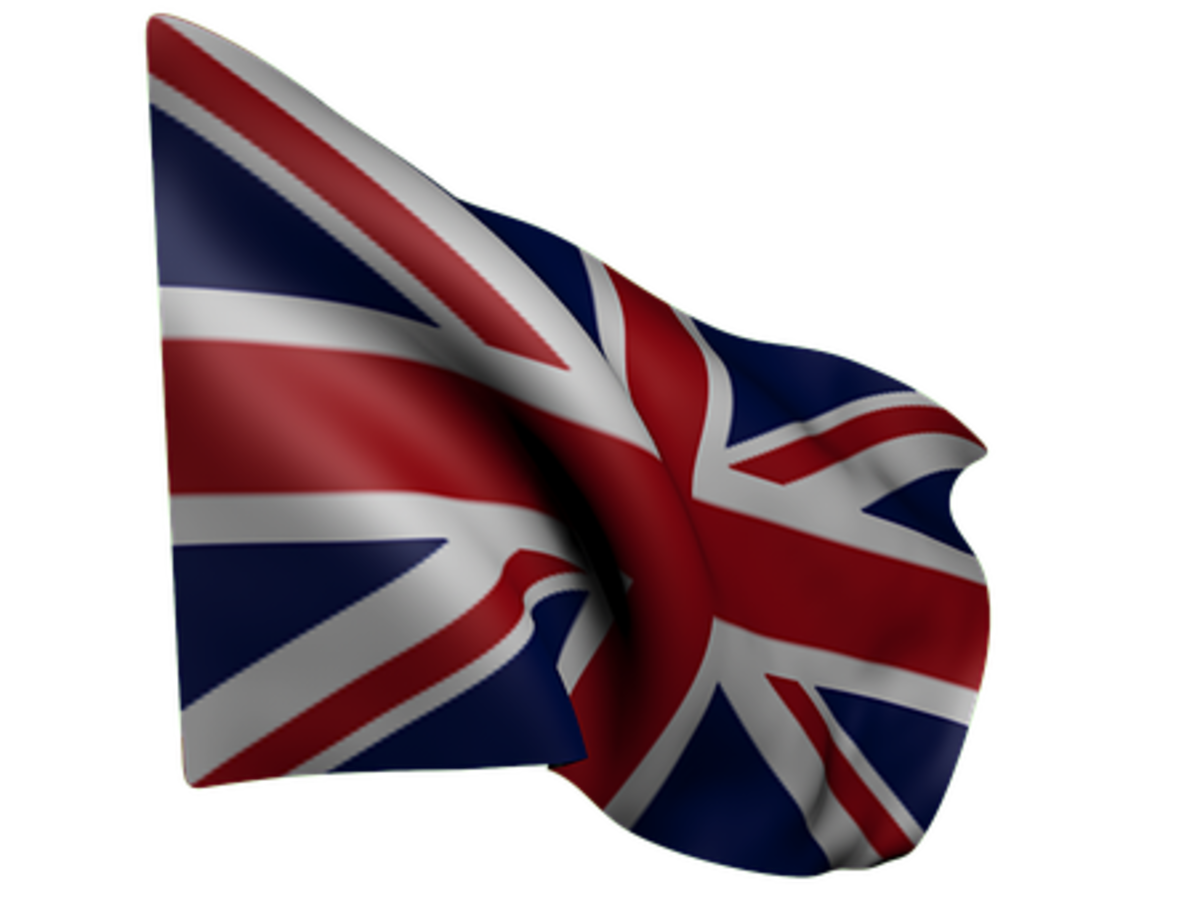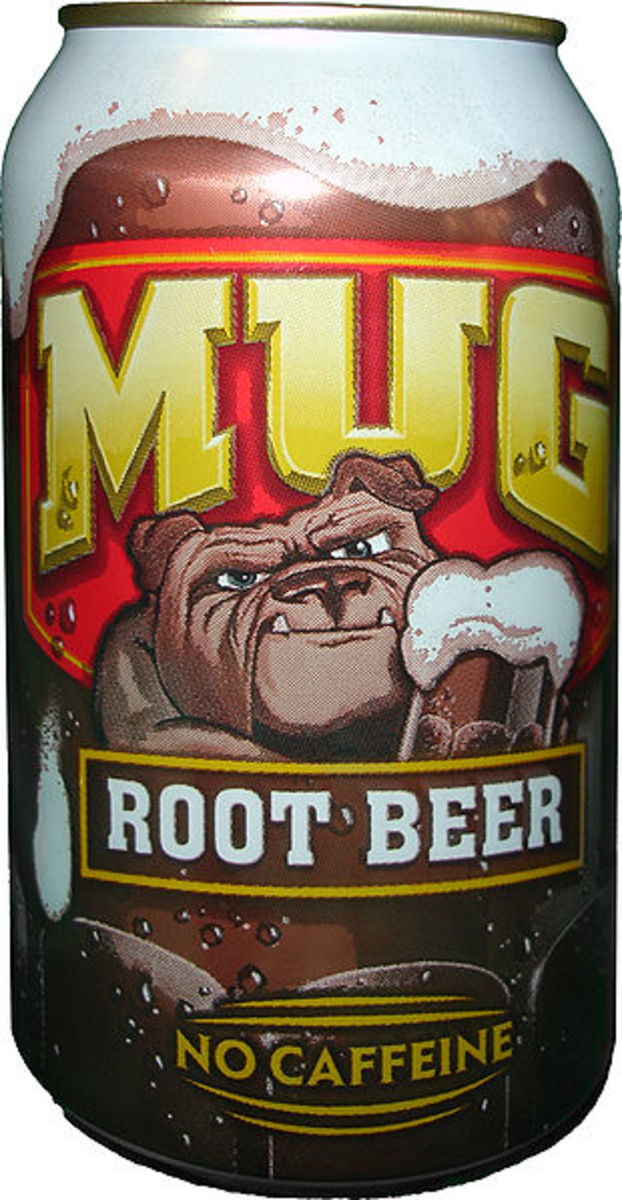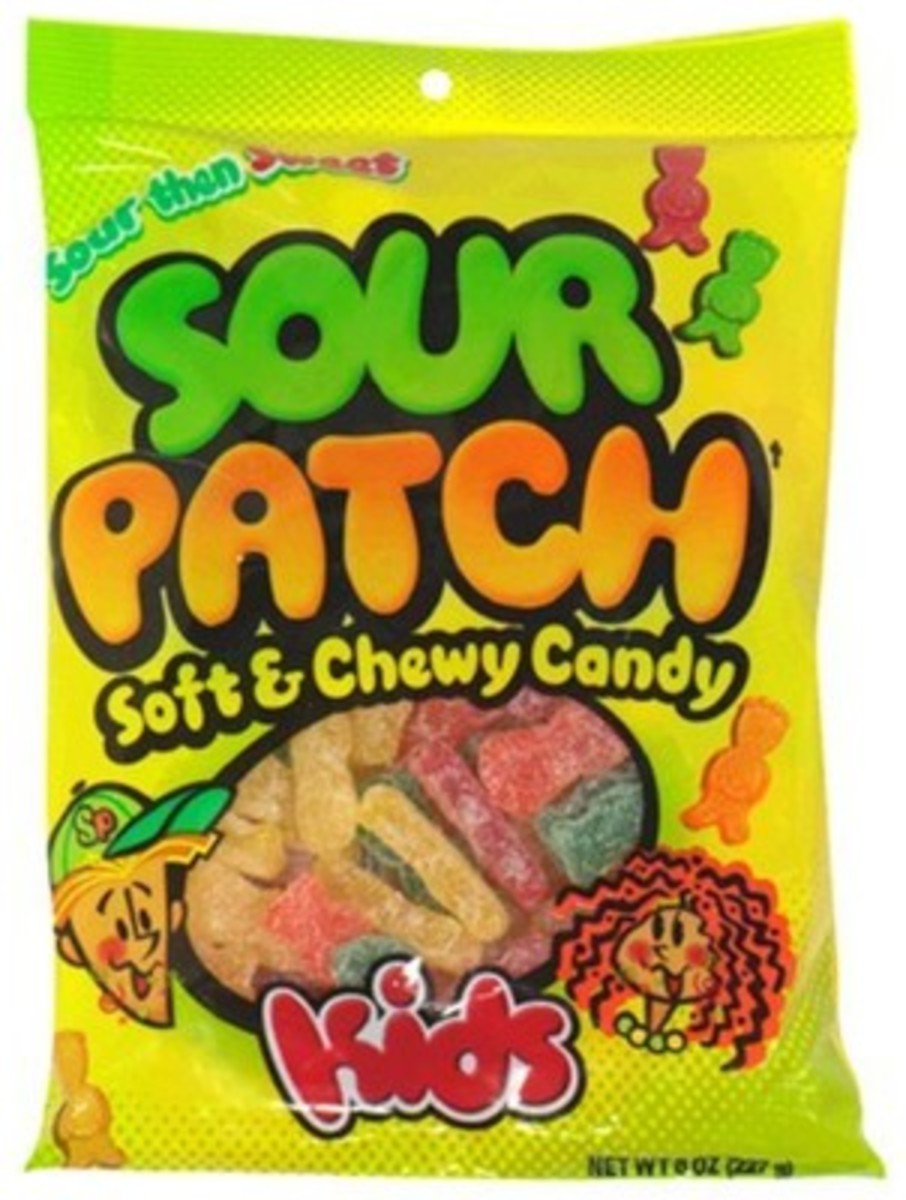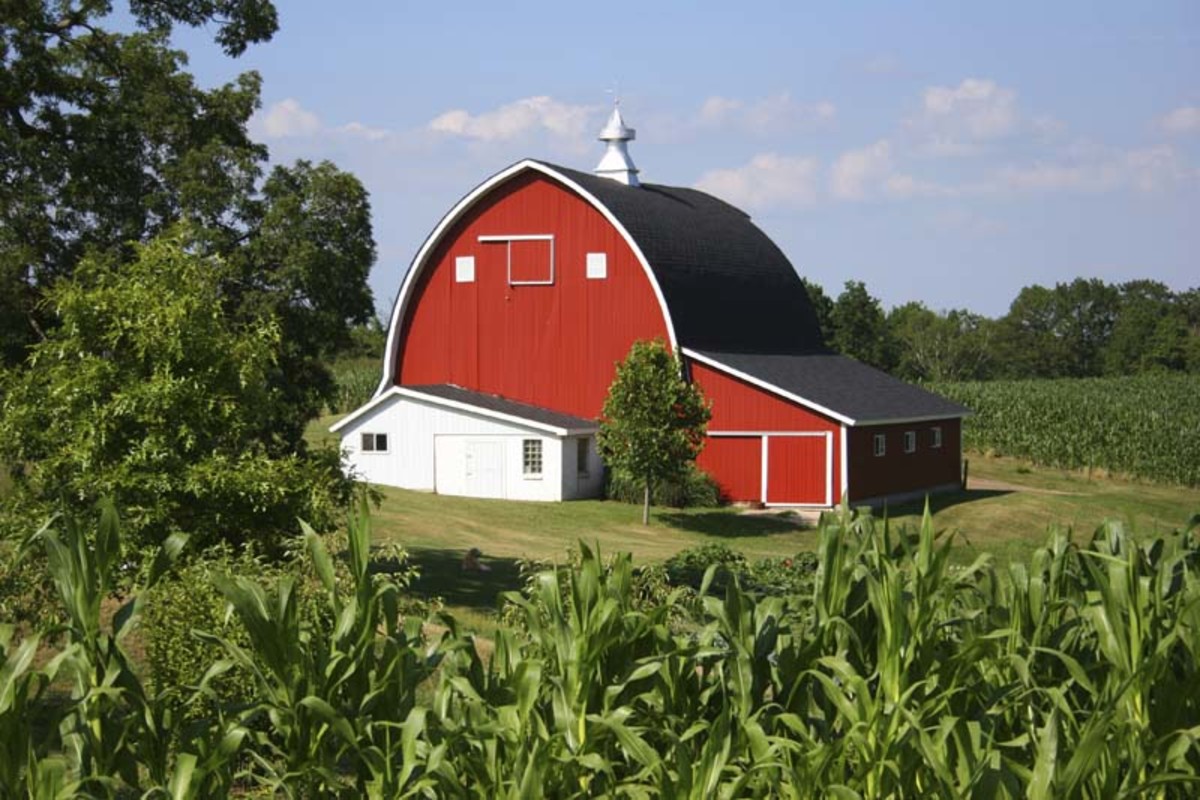The Horsemeat Scandal - Ireland's Disappearing Horses
The Celtic Tiger was a decade of economic boom within the Republic of Ireland between the years of 1995 and 2008. Employment was high, one could literally hand pick their job and the wages were high. Ireland was ranked the second richest nation in the world in 2006.
The Irish loved their money, they had lots of it so what did they do with this excessive amount of money. They spent it buying their second favourite love, the horse. Horses became a must have animal in Ireland.
Knowing people who own horses, I’m aware of the cost of owning a horse. Feed, renting a paddock if you don’t possess your own, vet’s bills and medicine, the list goes on. People were so blinded by money and an overwhelming sense of security, that they never thought about what may happen to their beloved horses if circumstances were to change.
Ireland has for a long time been an excessively globalised nation, current reports say that Ireland is the 3rd most globalised nation in the world. It is the most globalised nation in the western world, only behind Hong Kong and Singapore. Globalisation is a measure of integration between other countries and this integration would make Ireland susceptible to any outside economic troubles.
A year later, in 2007, the international economic crisis began and in 2008 it had spread to Ireland. Ireland became the first victim of the crisis in the E.U., our best friend the money was leaving, the jobs were leaving and unemployment went from 4% in 2007, which is considered ‘total employment’, to the staggering current level of 13%.
The people, who gained their fortunes at such a quick rate, lost them at an even quicker rate. The money that had once blinded a nation was now leaving and unveiling the obvious; How can we afford all these horses?
It was clear that people couldn’t afford these animals anymore. They were being abandoned left right and centre in vacant fields and along roads. Horses became a natural part of our landscape. Herds of abandoned horses galloping through the fields. It was a tremendous sight.
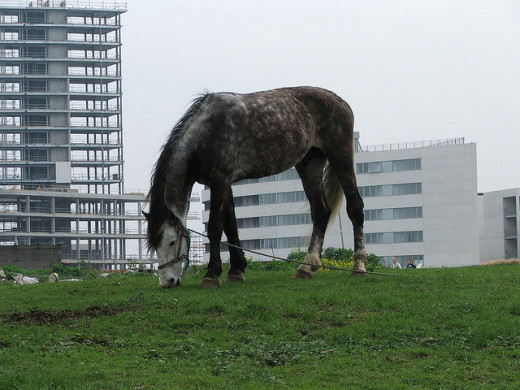
Over a short period of time things began to change. The people’s horses began to dwindle in numbers. Sickness in the horse population was an issue but this couldn’t account for these losses. Then what went from a reduction in numbers over time became a complete disappearance of an entire herd in an evening.
Horses were being abducted en mass and were being sold for their meat. Horsemeat is a delicacy on the continent and a huge profit could be made from these abandoned horses.
Not all horses are fit for human consumption. Unhealthy, sickly and medicated horses are of course not but nonetheless all horses were rounded up and sent abroad or to a local abattoir for processing. Methods of regulating the shipment and movement of horses were in place, passports and documents were necessary as well as microchipping, but these regulations were not strictly enforced. Single passports were being used for multiple horses and many were being forged. Vast profits were being made by the criminals at hand and also the abattoirs. People became greedy.
Eventually thinking caps were put on and people realised that horse meat was much cheaper than beef. Horsemeat could also be incorporated into beef meat in the form of mince and was indistinguishable by taste. Thus the horsemeat scandal began.
During routine meat testing by Ireland’s national food standards agency BordBia, traces of horsemeat DNA in beef products were found. Products in Ireland generally contained a low percentage of horsemeat, but elsewhere on occasions some were reported to have as high as 100% horsemeat. By now the scandal had gone global and stringent testing spread throughout the continent. Horsemeat was everywhere.

Although the consumption of horse was commonplace within Europe, it was a taboo in Ireland, also in the U.K., and the idea that consumers were being lied to was a huge concern. An even bigger concern was that certain medications used for horses could have entered the food chain.
Medications used for horse euthanasia were shown to be toxic to other animals, some even causing death. There was also concern that the common analgesic phenylbutazone, which causes focal necrosis in rats, could now be present in many popular food products. Although their toxicities were never studied properly in a human context, for obvious reasons, no one knew what a long term exposure, even in low levels, could pose to humans.
Supermarkets took a huge blow during this crisis. By the end of January 2013, Tesco had a reported loss in market value of €360 million, the sale of frozen hamburgers had dropped by 43% and frozen ready meals by 13%.
Although major human health complications have not been identified through the consumption of the contaminated meat products, this scandal, first identified in Ireland, has at least highlighted the problems prevalent in the world’s meat industry and its lack of strict government regulation.
This is now an international scandal with on-going reports of contaminated meat within Ireland, U.K., Europe and possibly now in the U.S. Even though this scandal may have begun in Ireland, Ireland at least had the capabilities to first expose it and in the words of the Minister for Agriculture, Simon Coveney, “I think the reputation of the Irish food industry will be enhanced in terms of the rigour of our systems in responding to it."
